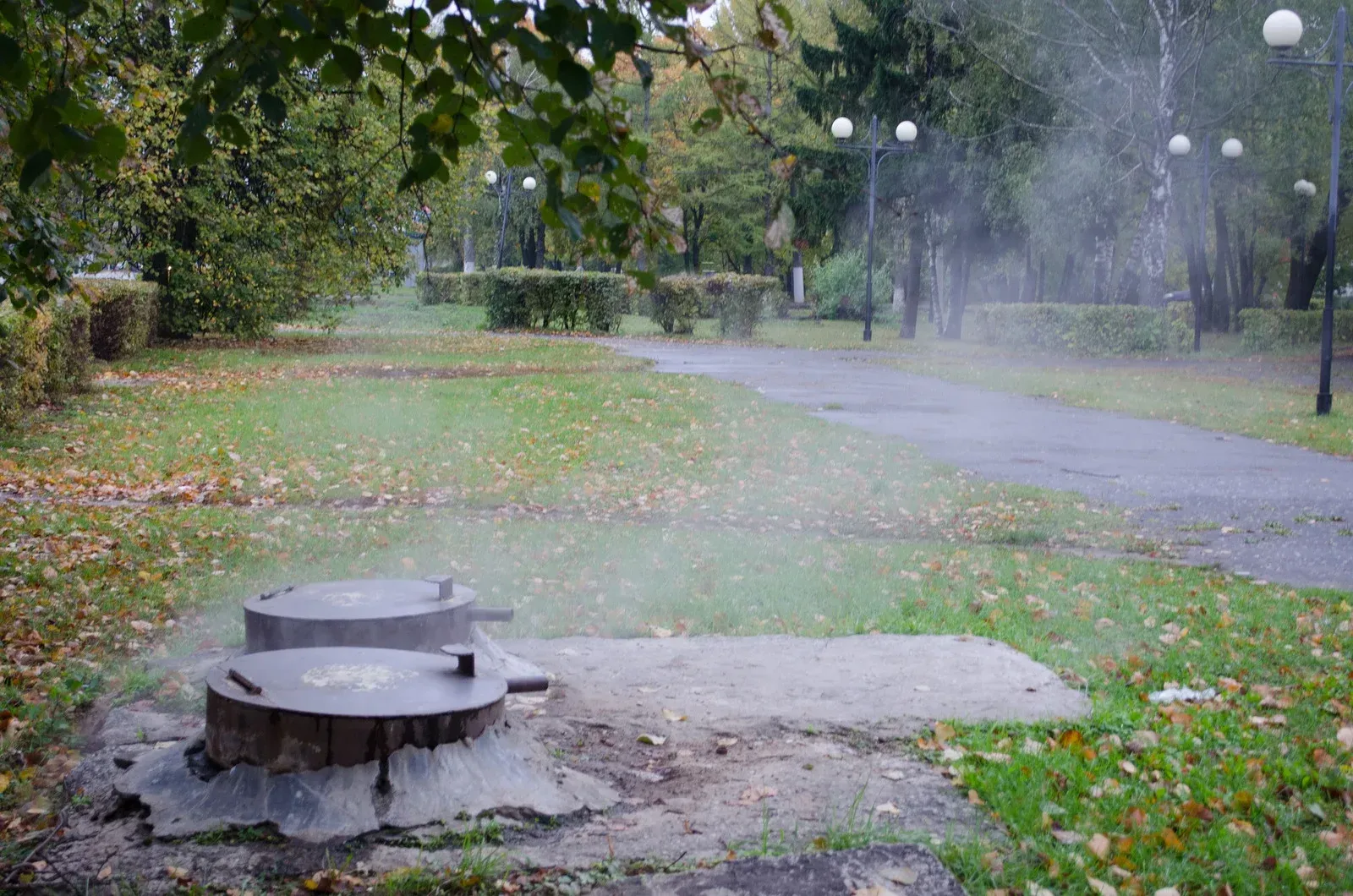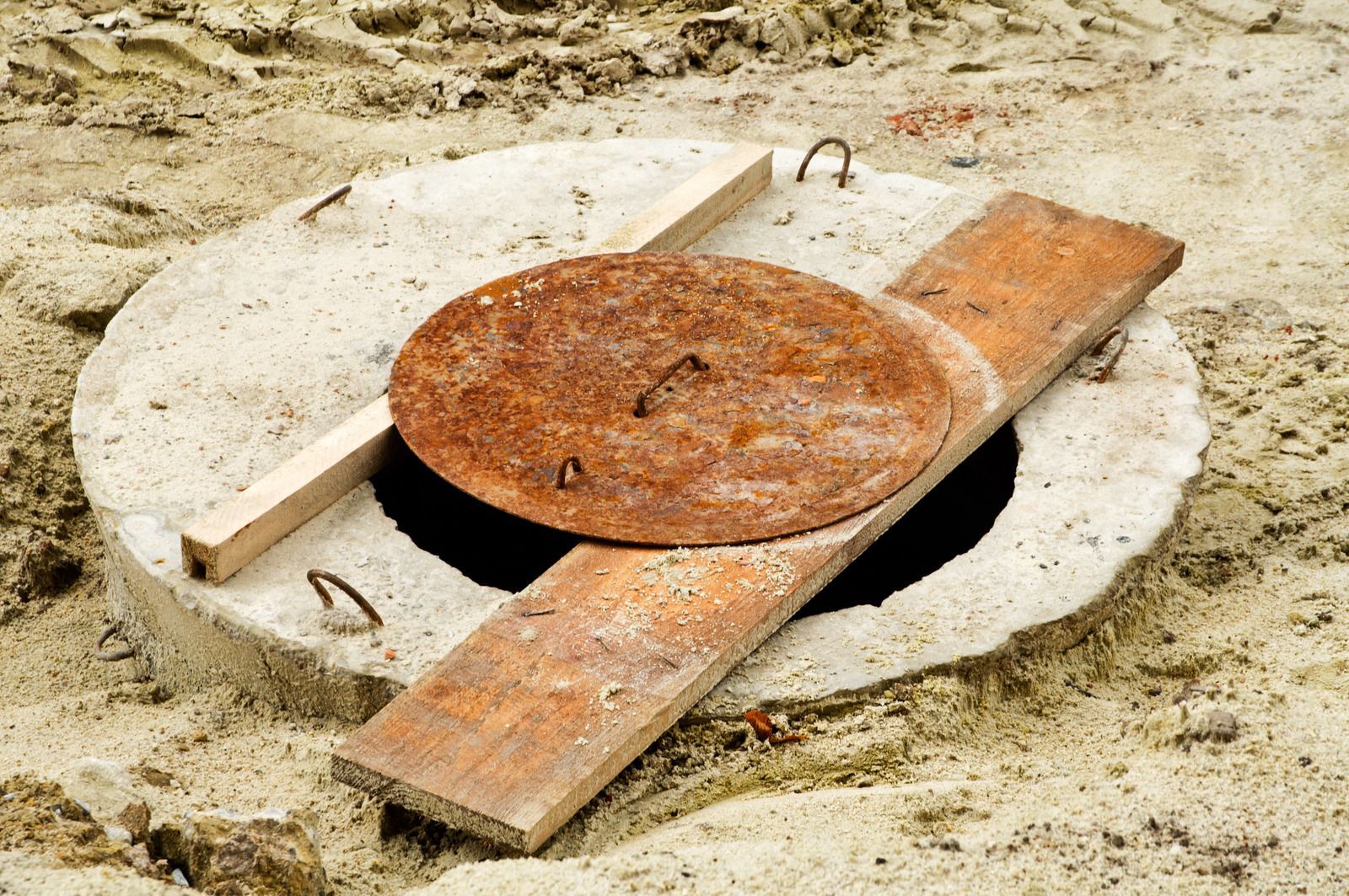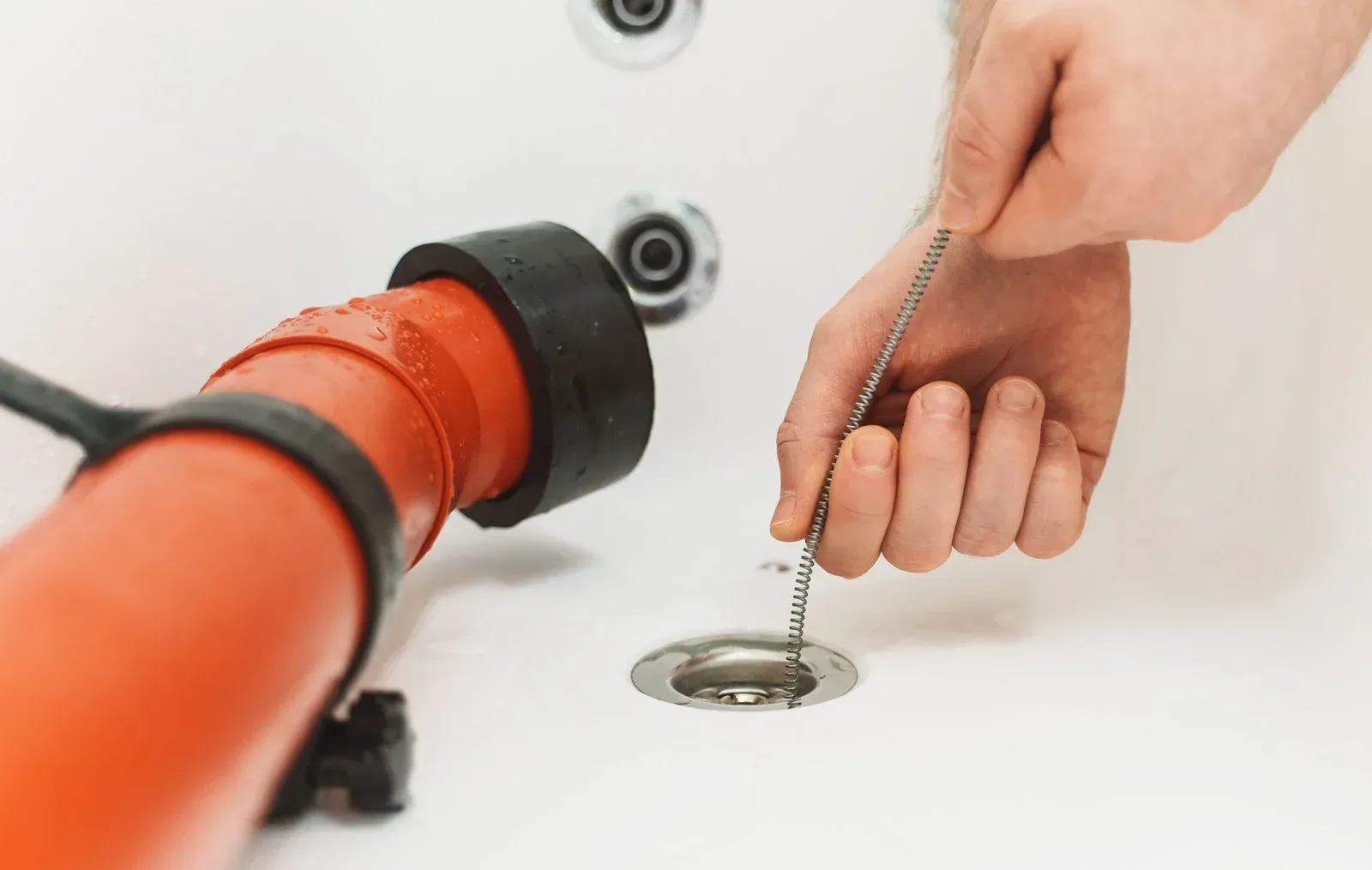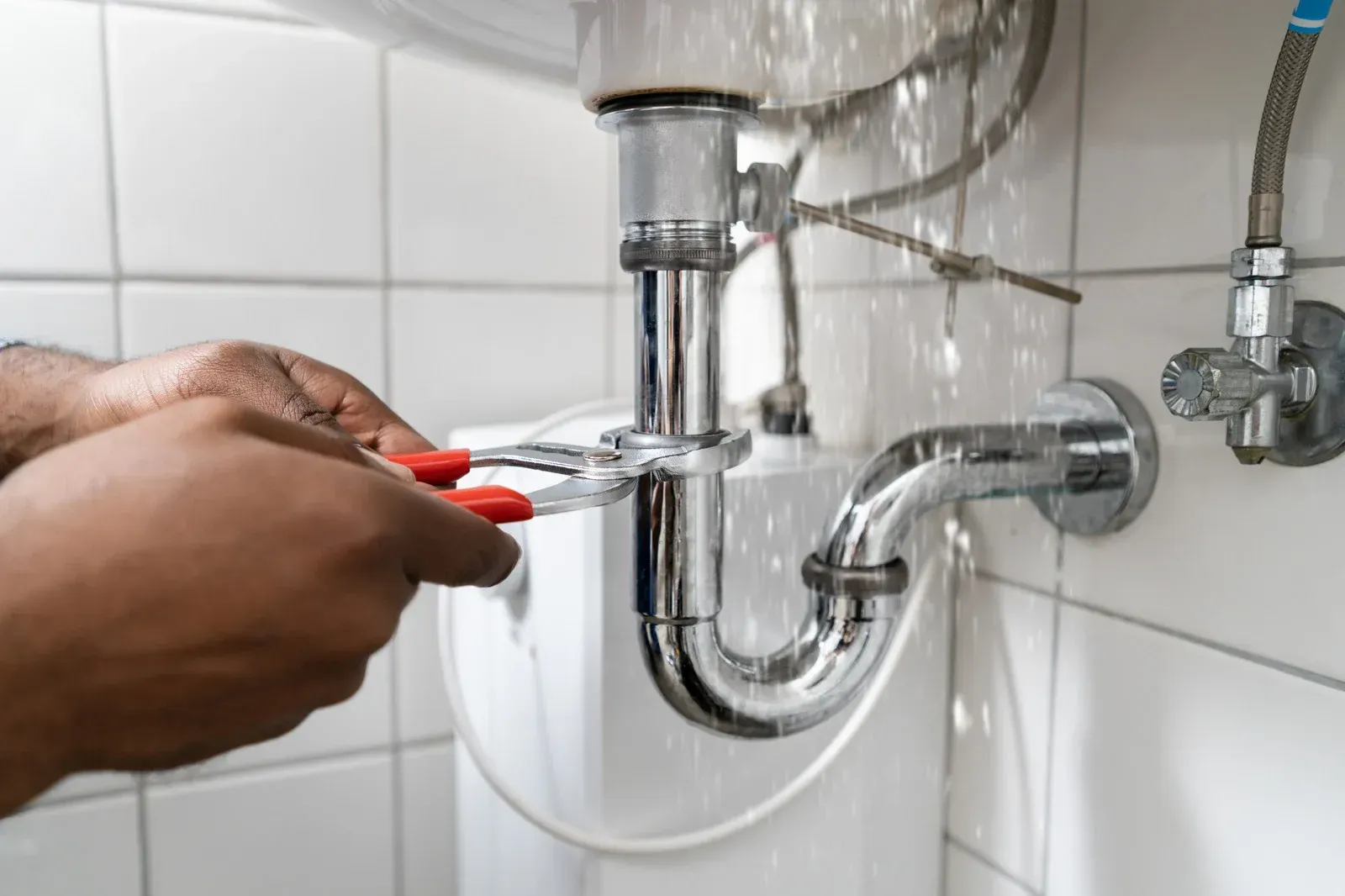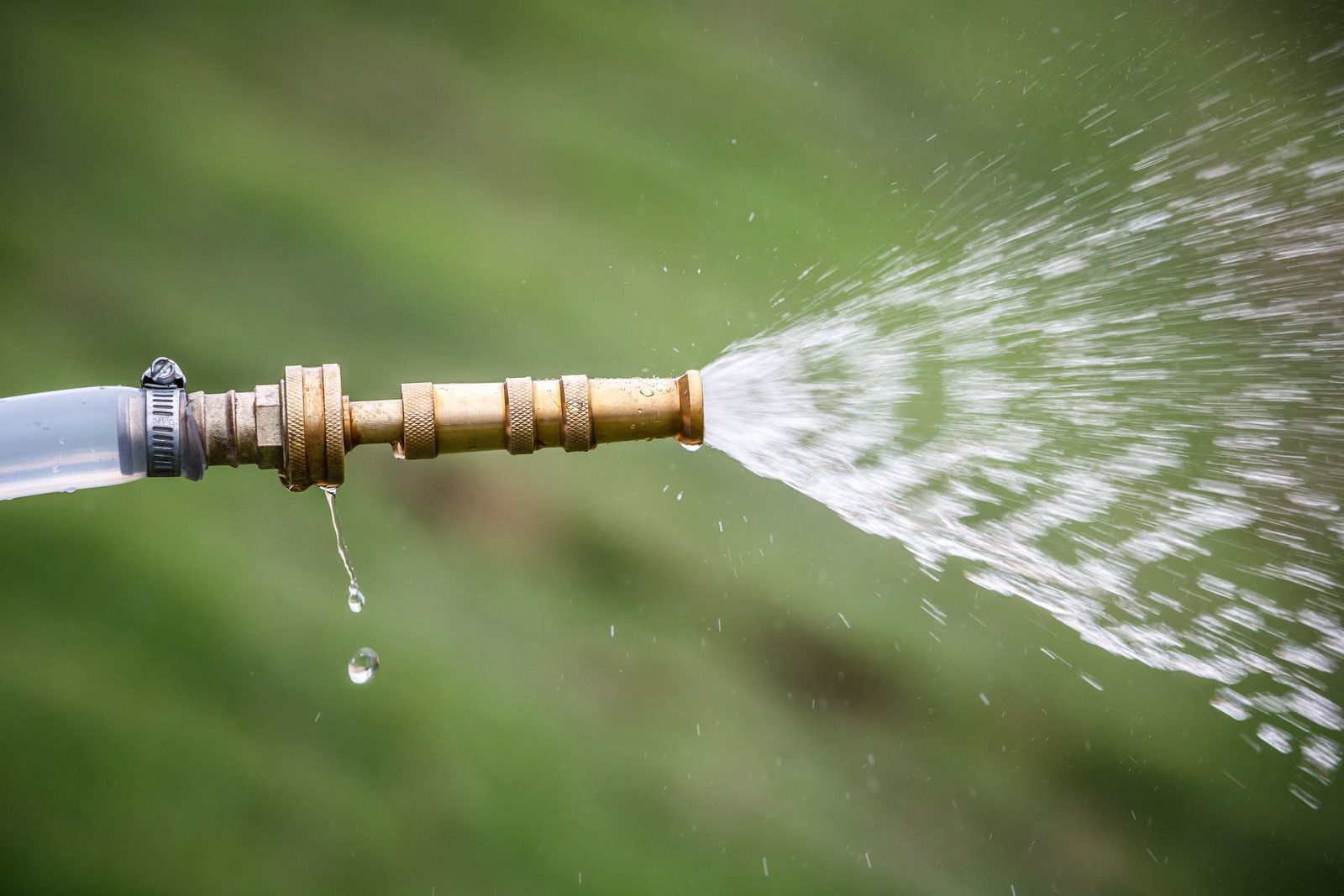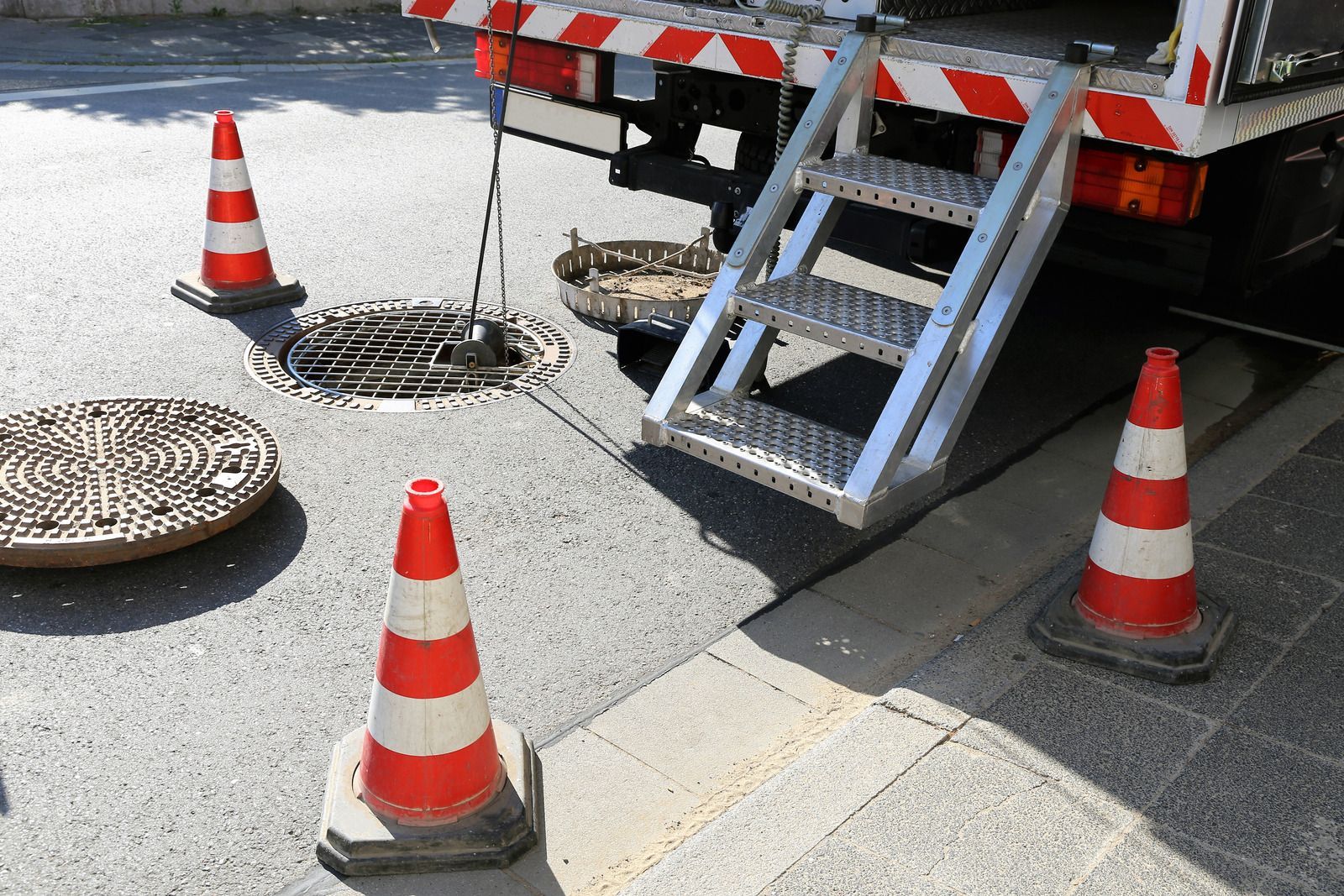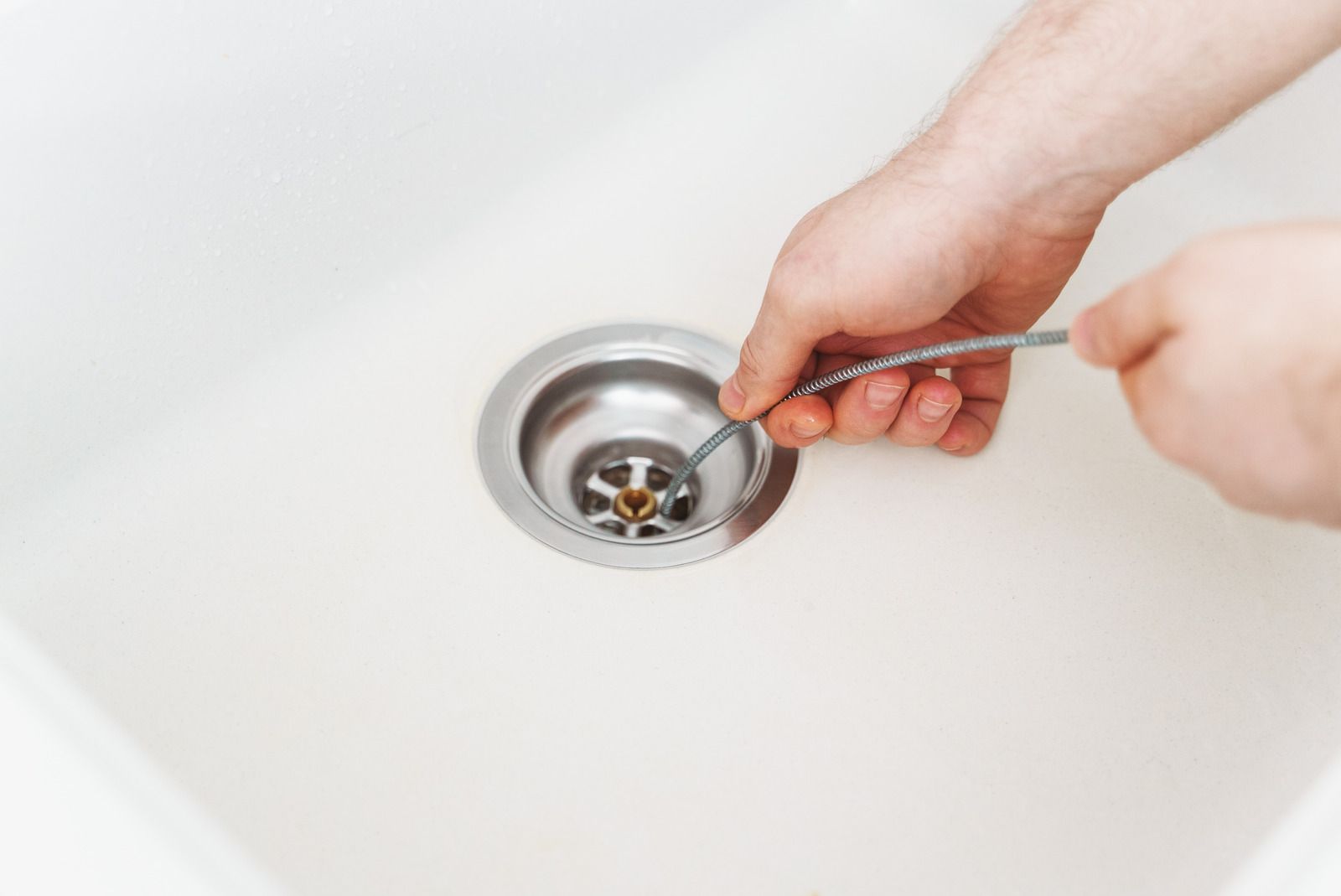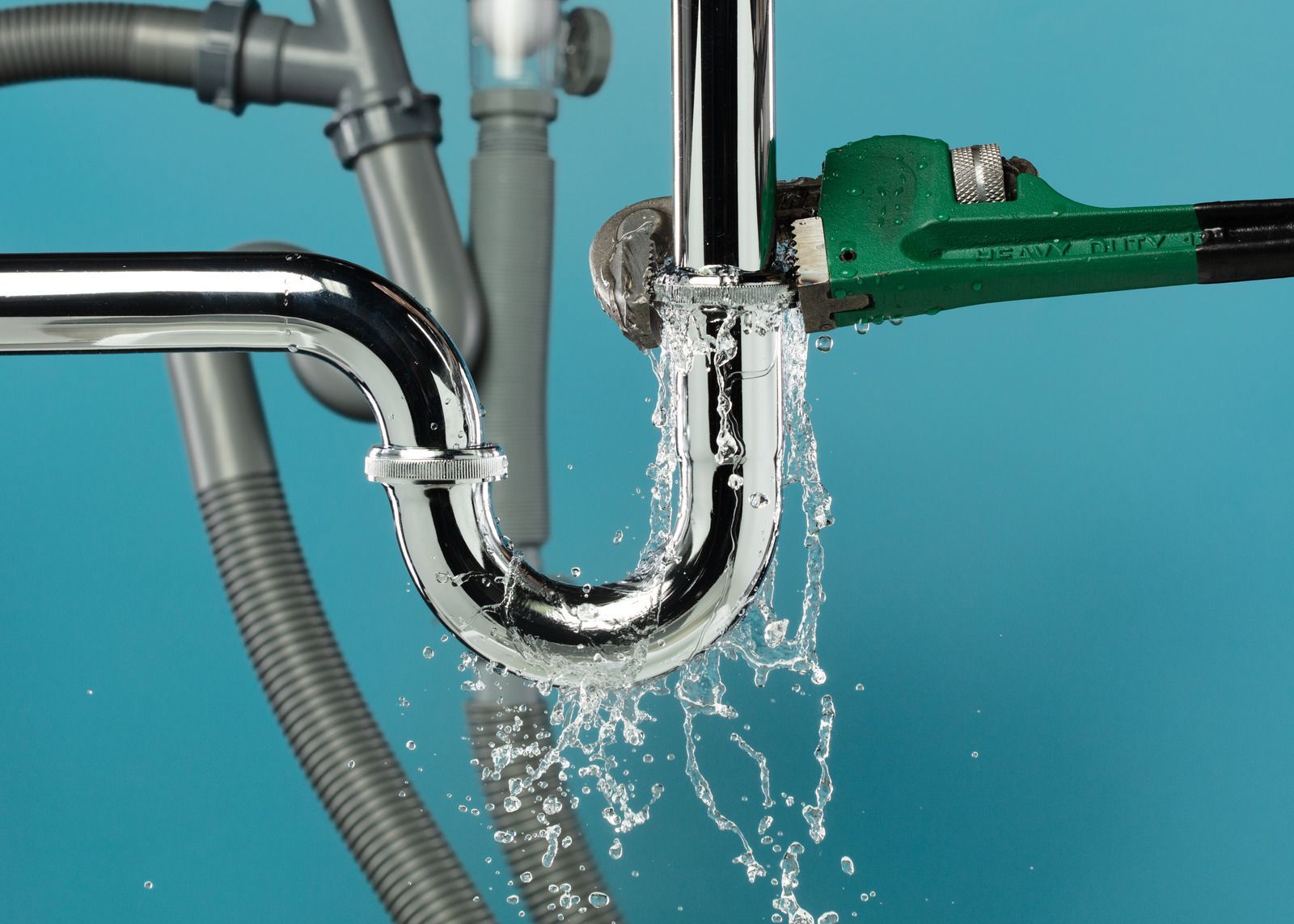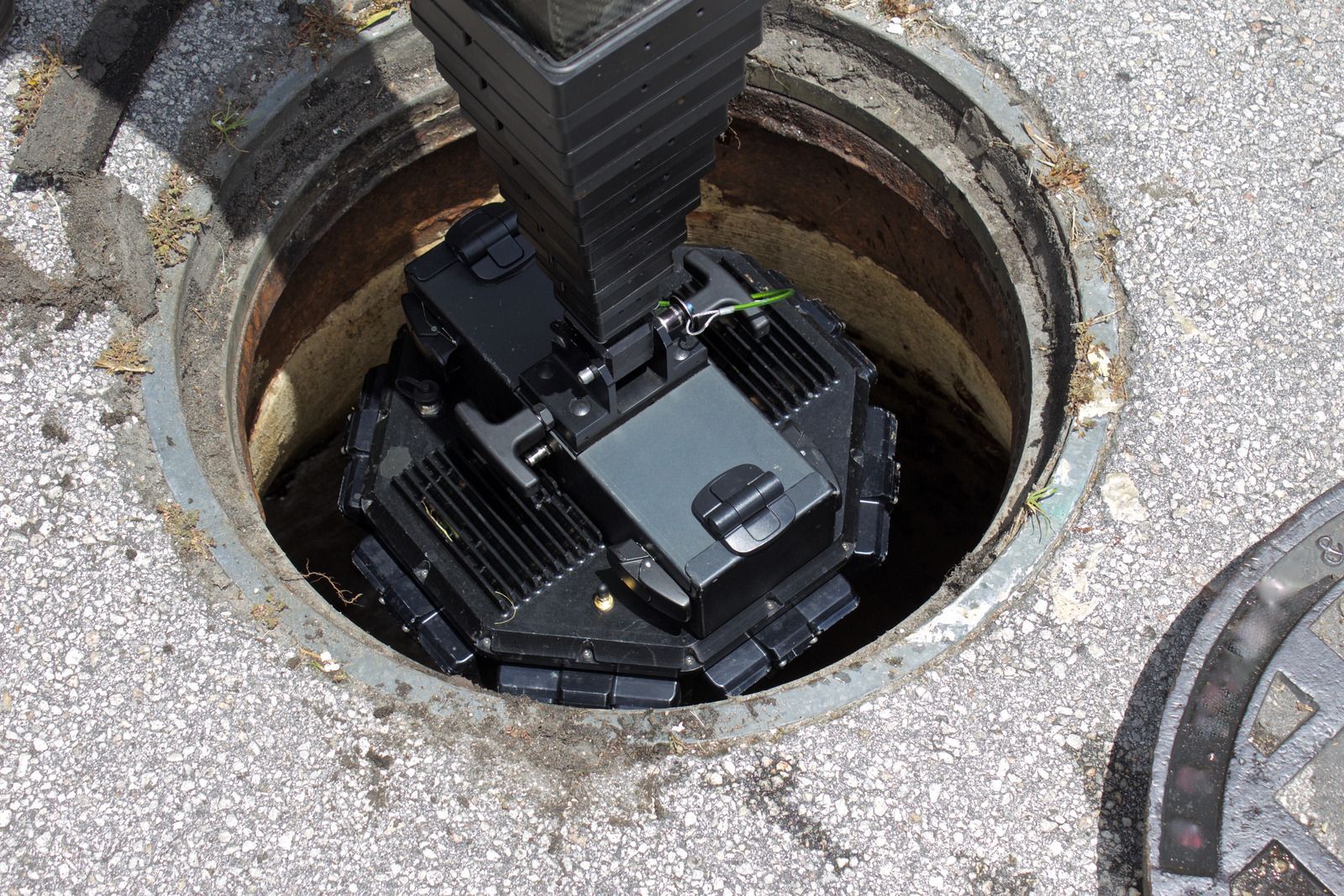Leak Detection in the Digital Age: IoT and AI Innovations
Innovations are everywhere. Even in plumbing, modern inventions help us maintain a robust system. Leak detection has taken a giant leap forward in the digital age, thanks to integrating the Internet of Things and Artificial Intelligence technologies. The question remains: how are these innovations revolutionizing the way we detect, analyze, and prevent leaks, making our homes, industries, and cities safer and more efficient?
The Problem of Leaks
Leaks, whether water, gas, or oil, can lead to significant losses and hazards. In homes, a water leak can cause structural damage and foster mold growth. In industries, leaks can lead to the loss of valuable resources, increase operational costs, and pose serious safety risks, especially with flammable or toxic substances. Traditional leak detection methods often rely on physical inspections and reactive measures, which can be time-consuming, costly, and sometimes ineffective until the damage becomes apparent.
Enter IoT and AI
The Internet of Things refers to the network of physical devices connected to the Internet, collecting and sharing data. When applied to leak detection, IoT devices can include sensors that monitor the flow, pressure, and chemical composition of liquids or gases in pipelines. These sensors are strategically placed in homes, commercial buildings, and along pipelines, continuously monitoring for any signs of leaks.
Artificial Intelligence, on the other hand, takes this data and analyzes it to identify patterns or anomalies that could indicate a leak. AI algorithms can learn from historical data, improving their accuracy over time. The system gets better at predicting and detecting leaks, often before they become serious problems.
How IoT and AI Work Together
The real power lies in the combination of IoT and AI. IoT devices collect vast amounts of data from the environment. This data, however, can be overwhelming for humans to analyze manually. That's where AI comes in. By processing and analyzing the data collected by IoT sensors, AI can quickly identify potential leaks, even in vast and complex systems.
AI can predict where leaks are likely to occur based on factors like the age of the pipes, previous leak history, and environmental conditions. This predictive capability allows for proactive maintenance and repairs, significantly reducing the risk of leaks and the associated costs and damages.
